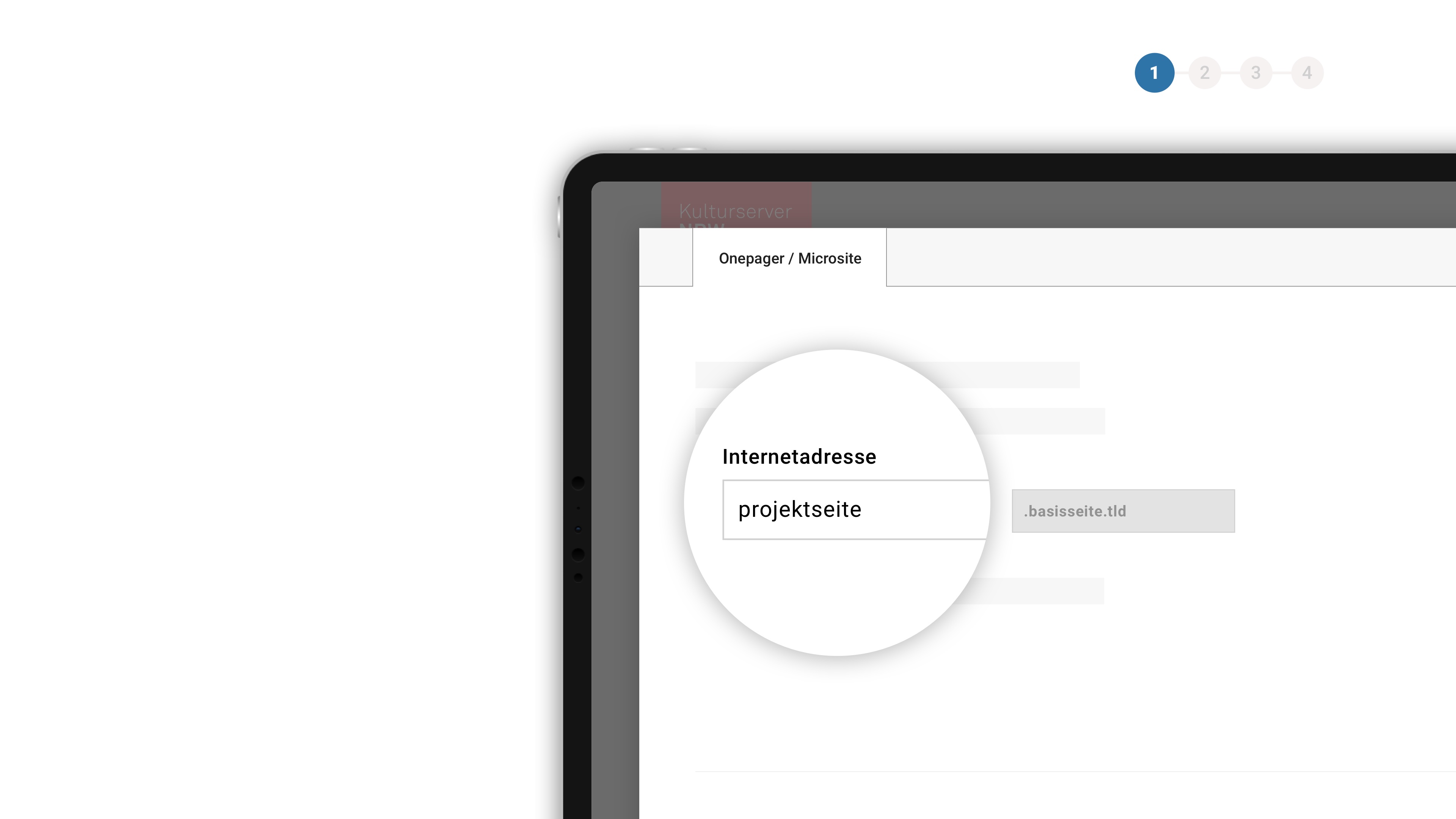Alles geht, in Mahagonny - Deutsche Oper Berlin
In Mahagonny anything goes
This project bursts all boundaries. In our version of RISE AND FALL OF THE CITY OF MAHAGONNY by Kurt Weill and Bertolt Brecht the entire opera house becomes a stage – and we discover our condition as citizens.
The Deutsche Oper Berlin may not actually have been drastically changed for the occasion, but that’s not to say that it’s instantly recognisable. Visitors, half-asleep, enter and leave a building. Hungover men loiter in foyers, waiting for the next party. Most of the seats in the auditorium have been removed and there are no seat numbers printed on the tickets. A notice on the stage proclaims: »Out of order«. Anyone coveting one of the seats in the dress circle is liable to be encouraged to dance or get a drink from one of the foyer bars. Anyway: has the performance even begun? And if so, where’s it all taking place?
Any orthodox demarcation between stage and auditorium has been done away with in Benedikt von Peter’s production of Kurt Weill’s and Bertolt Brecht’s 3-act work RISE AND FALL OF THE CITY OF MAHAGONNY. This also disrupts the opera house’s normal operations. Brechtian city founders Leokadja Begbick, Trinity Moses and Fatty the Bookkeeper will spend much of their time plying the lower foyer – with an entourage of audience members – while the orchestra plays on stage.
On monitors in the foyer we see Jimmy Mahoney and Co. arriving by car on Bismarckstrasse, fresh from Alaska, tracked by the second of two camera teams. »We’re sorting out shooting locations right now«, says Katrin Wittig, set designer. This requires precision timing as with any single-take filming, with positions planned to gel perfectly with the score - which is the least of their problems when the brief is to transform an entire opera house into the City of Mahagonny. No matter that Benedikt von Peter and Katrin Wittig applied a similar approach to their mounting of the opera in the Theater Bremen in 2012; in Berlin the larger venue makes it a different ball game. Wittig: »Bremen’s a doll’s house compared to here«.
Take the acoustics in the Deutsche Oper Berlin: spectators are meant to be offered the same auditory experience wherever they are sitting (or standing). No question of merely opening the auditorium doors and letting the music waft into the foyer. »People are so far away from each other that you get mini time lags in sound«, says Christopher Hill, Technical Director of the opera house, so they had to install multiple loudspeakers in the foyer. Singers wear mini headset mics and are accompanied by runners who can replace defective mics at a moment’s notice. Four mixing desks ensure that the level and quality of audio provided to performers and audience is similar wherever they are. There are plans to install new data lines in the foyer during the summer recess, to avoid disruption during the season. Transmission of signals by radio only would not work, says Hill: »the thick walls prevent that«. For the experienced technician the logistics behind this production are »next level, without a doubt«.
Katrin Wittig uses the phrase »Mahagonny machine« when describing the production concept in front of a scale model of the front wing of the Deutsche Oper Berlin. The people arriving in the building trigger a veritable machine, driven by a stuttering engine. Another simile Wittig deploys is that of a »music box that’s continually falling apart and having to be put back together« - a metaphor for a dysfunctional capitalistic system that Brecht and Weill present in the form of a glittery city in the desert or a »City of Nets«. Von Peter and Wittig make the spectators part of this system; the audience doesn’t get its distanced view of a debauched Las Vegas, as was the intention of Brecht and Weill during the gestation of their work. Such demonstrative, illustrative images are not Wittig’s style. Over her many years spent collaborating with Benedikt von Peter she has developed a taste for radical reduction. On her approach to performance space she describes the pleasure she gets from »working with a great emptiness and facing up to the inevitable question: what’s actually going on here?«
However, emptiness does not necessarily mean less work. Preparations for RISE AND FALL OF THE CITY OF MAHAGONNY at the Deutsche Oper Berlin have been underway for two years. »My involvement in a production has never been so intense and never started so far ahead of the opening night«, says Christopher Hill. Yet the slow burn is inevitable. Alone the issue of whether the audience could sit on stage led to nine different evacuation contingencies being discussed with building inspectors and fire brigade. The question of whether the full orchestra can be towed across a carpet on an electric turntable carriage is not answerable in short order; it has to be simulated first. If one adds the weight of 40 musicians to the weight of the turntable, »we have what amounts to a fully loaded lorry rumbling across the stage«, says Hill. And then what would happen if a bump on the floor made all the music stands wobble? For all the people involved, however, this kind of challenge is what makes the MAHAGONNY project such a delight. A sentiment underscored by Wittig, who stresses that Weill himself was not aiming at success and perfection in all areas but rather the opposite, taking care to write into his own score clashes and quirks such as a piano forte drowning in its welter of sound. So, if a few things go less than swimmingly, Katrin Wittig will be viewing the lurches as »not just charming but true to the original intention«.
Patrick Wildermann works as a freelance journalist in Berlin and contributes articles on culture for publications including Tagesspiegel, GALORE Magazin and the Goethe Institute.





